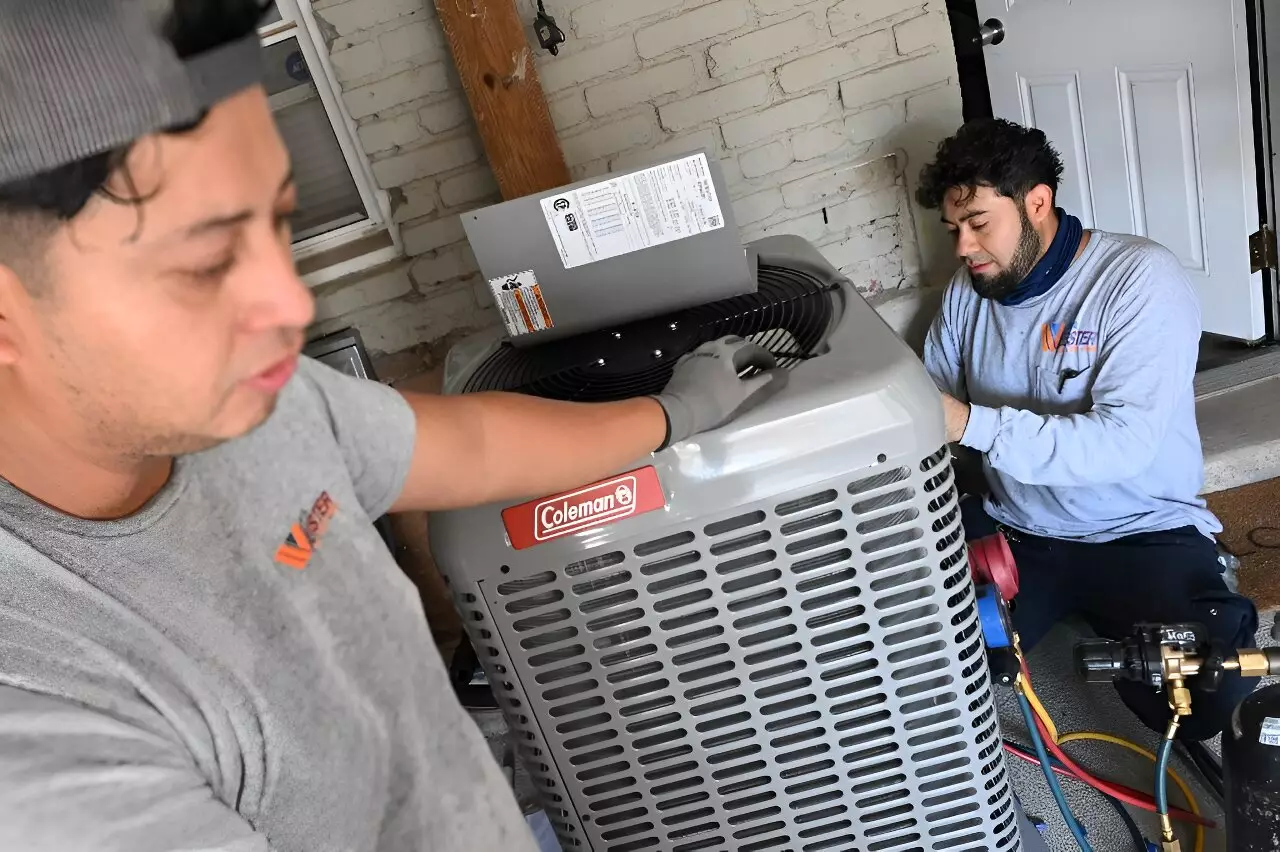As the United States continues its push towards greater home electrification in an effort to combat climate change, the focus has shifted towards heat pumps. Unlike the more popular electric cars or solar panels, heat pumps are often viewed as less glamorous but equally effective in reducing carbon emissions. These energy-efficient systems serve as both heaters and air conditioners, offering a dual-purpose appliance for residential use. Despite their widespread use in Asia and Europe, heat pumps have seen slow adoption in the United States.
To encourage the uptake of heat pumps, the White House has introduced several initiatives and incentives as part of a multi-billion-dollar spending plan. The Inflation Reduction Act, a key climate bill signed by President Joe Biden, offers up to $2,000 in tax credits for individuals installing heat pumps in their homes. Additionally, low- and middle-income households can benefit from rebates and incentives provided by both federal and state governments. Programs like Washington’s Affordable Home Electrification program offer total home electrification at no cost to qualified participants, like social worker Su Balasubramanian, who received a package worth $27,000.
While the upfront cost of electrifying an entire home can be financially prohibitive, experts suggest taking a phased approach by electrifying one appliance at a time. Heat pumps, in many cases, prove to be more cost-effective than traditional gas furnaces or water heaters. According to a report in the scientific journal Joule, the majority of US households could benefit from heat pump air systems without the need for subsidies. This affordability factor, coupled with the growing awareness of climate issues, has led to increased adoption of heat pumps among environmentally conscious individuals.
Challenges and Opportunities
Despite the benefits of heat pumps, there are still challenges to overcome. For instance, there is a lack of awareness among the general population about the advantages of electrification. Programs like the one that Balasubramanian participated in often attract seniors on fixed incomes, highlighting the need for more education and outreach. Full adoption of heat pump air systems could significantly reduce national greenhouse gas emissions, but this requires informed contractors and a supportive regulatory environment.
Certain states, particularly in the southeastern region, have shown higher adoption rates of heat pump technology. Factors such as cheap electricity, minimal gas infrastructure, and the demand for air conditioning contribute to the success of heat pumps in these areas. New construction projects also play a significant role in driving heat pump sales. However, states like Massachusetts, with lower penetration rates, still face challenges in transitioning to electrification.
As individuals like Deane Coady in Massachusetts take steps to electrify their homes for climate reasons, the importance of sustainable living practices becomes increasingly clear. With more than 267,000 tax returns claiming credits for air system heat pumps and over 104,000 for heat pump water heaters, it is evident that the transition to heat pumps is gaining momentum. By addressing financial barriers, raising awareness, and providing support for contractors, the United States can accelerate its shift towards climate-friendly home electrification.


Leave a Reply